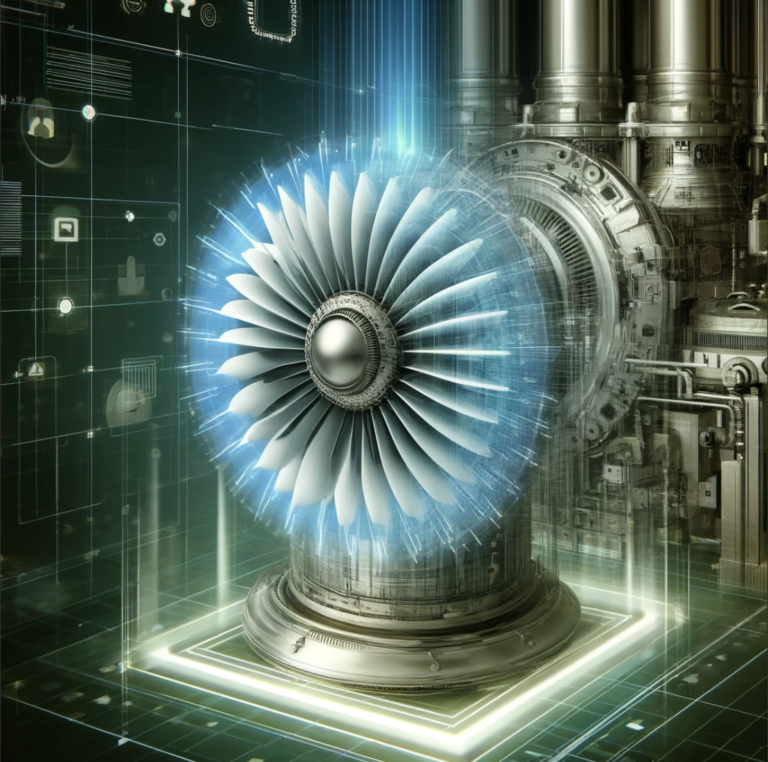Digital twin technology is an innovative approach that enables the creation of a digital copy of a physical object or system. This technology is revolutionizing various fields, from industry to education, city planning to healthcare. So, what is a digital twin, how does it work, and how does it affect our lives? Let’s explore these questions together.
What is a Digital Twin?
A digital twin is a digital representation of a real-world entity or system. This entity could be a building, machine, product, or even a city. Digital twins use real-time data from sensors to reflect the state, behavior, and performance of physical objects. This allows for testing on physical assets, performance improvement, and the early detection of potential issues.
How Digital Twin Technology Works
- Physical Entity: The physical object or system that forms the foundation of the digital twin.
- Sensors and Data Collection: Data collected from the real world via sensors.
- Analytics and Simulation: Processing the collected data and simulating it in a digital environment.
- Real-Time Feedback: Ensuring data flow between the physical and digital twin.
This process has a wide range of applications, from predicting the failure of a machine to optimizing the traffic flow in a city.
Applications of Digital Twin Technology
- Industry 4.0 and Manufacturing: Digital twins are used to optimize production processes and minimize downtime.
- City Planning: Smart cities benefit from digital twins in traffic regulation and energy management.
- Healthcare: Digital twins of patients can be used to develop personalized treatment plans.
- Education: Simulations that simplify the learning of complex processes can be created.
Advantages of Digital Twins
- Cost Savings: Digital simulations replace physical prototypes, reducing costs.
- Predictive Capability: Potential issues can be identified and preventative measures taken.
- Efficiency: Processes operate more efficiently.
- Real-Time Monitoring: The status of objects and systems can be tracked instantly.
Future Potential
Digital twin technology is becoming even more powerful by integrating with other technologies like artificial intelligence and the Internet of Things (IoT). In the future, it is expected to reach broader audiences and become more embedded in our daily lives. For instance, the digital twins of personal vehicles can help manage maintenance schedules more effectively.
Digital twin technology is not just a trend but one of the most crucial building blocks of the future. Understanding and applying this technology offers significant opportunities for individuals and organizations. You too can take a step towards the future by leveraging the potential of digital twin technology.




